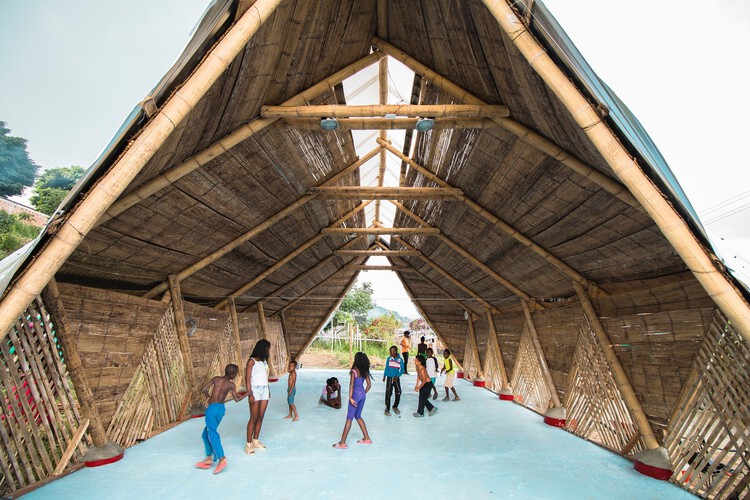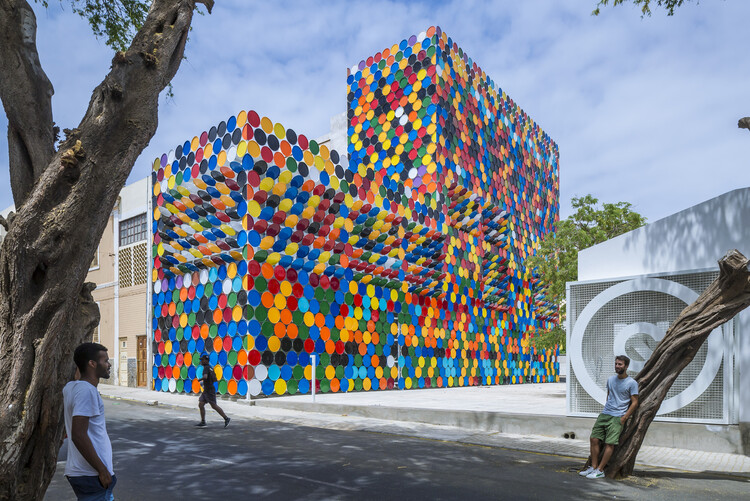
The circular economy concept became more defined in 1990 when it appeared in the article Economics of Natural Resources and the Environment, by British economists and environmentalists David W. Pearce and R. Kerry Turner. At the time, the main purpose of the research was to demonstrate that the traditional economy did not incorporate recycling. In this way, the environment assumed a secondary role, just like a simple waste reservoir. Therefore, the circular economy would gain strength as an opposition to the linear (or traditional) economy, in which the production chain motto is “extract, produce and discard”. A model deeply rooted in our economy that has become unsustainable for several reasons, like the depletion of natural resources and the contamination of the environment resulting from production and disposal.
In this context, circular economy inspired by the cyclical logic of nature, focused on the reduction, reuse, recovery and recycling of materials and energy. The concept associates better management of natural resources with economic development, which requires closing cycles with waste and resource reuse, reducing the speed of material cycles, and developing reusable and durable products. It uses a systemic approach to maintain the circular flow of resources by adding, retaining and regenerating their value, contributing to sustainable development.

However, the concept goes beyond waste management and recycling, incorporating broader activities such as production process redesign, new business models and optimization of resources use. It is characterized as a dynamic process that requires technical and economic compatibility (capabilities and productive activities) and social and institutional framing (incentives and values). New elements and services that are economically viable -- and ecologically efficient -- are created in an ideally permanent cycle of conversion between raw material and product.
In terms of architecture itself, the scope of the circular economy concept is being explored in different ways. Among them, it is worth mentioning some strategies: cradle to cradle, which postulates the circularity of the productive chair; regenerative architecture, with structures that mimic restorative aspects found in nature; eco-capitalism, encouraging the application of materials and technologies in favor of the environment, and the materials passports, which rethinks how materials are recovered and reused during renovations and demolitions. It is possible to notice that both architecture and the circular economy approach a systemic vision, a characteristic shared by both that reinforces the possibility of dialogue between them.

Furthermore, more than any other industry, construction – responsible for 38% of all global CO2 emissions, according to a 2019 UN report – is at a tough standstill in which sustainable solutions (like incorporating circularity) have become vital to the future. Despite some efforts, such as the current EU regulation determining that 70% of demolition materials do not go to landfills, there are still many obstacles to its effective implementation. The European Commission recently admitted that while some countries send 6% of their demolition materials to landfills, others send around 54%. Many reasons keep construction away from the circular economy, including schedule, budget requirements and lack of knowledge.

However, it is worth mentioning important initiatives that have brought the concept to the forefront in the architectural field, focusing on buildings with evolutionary, modular, efficient and resilient uses, such as Casa Ensamble Chacarrá, in Colombia, which uses local materials and labor in its modular structures, or the CNAD National Art, Crafts and Design Center, in Cape Verde, and its structure made up of lids from recycled oil barrels.



This article is part of the ArchDaily Topics: Circular Economy. Every month we explore a topic in-depth through articles, interviews, news, and architecture projects. We invite you to learn more about our ArchDaily Topics. And, as always, at ArchDaily we welcome the contributions of our readers; if you want to submit an article or project, contact us.
Editor's Note: This article was originally published on February 27, 2023.













